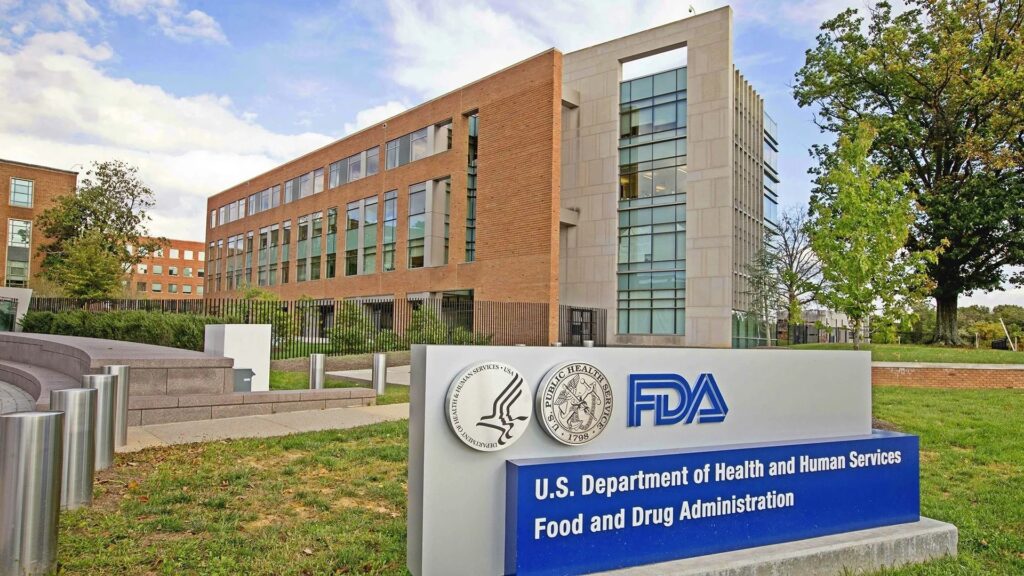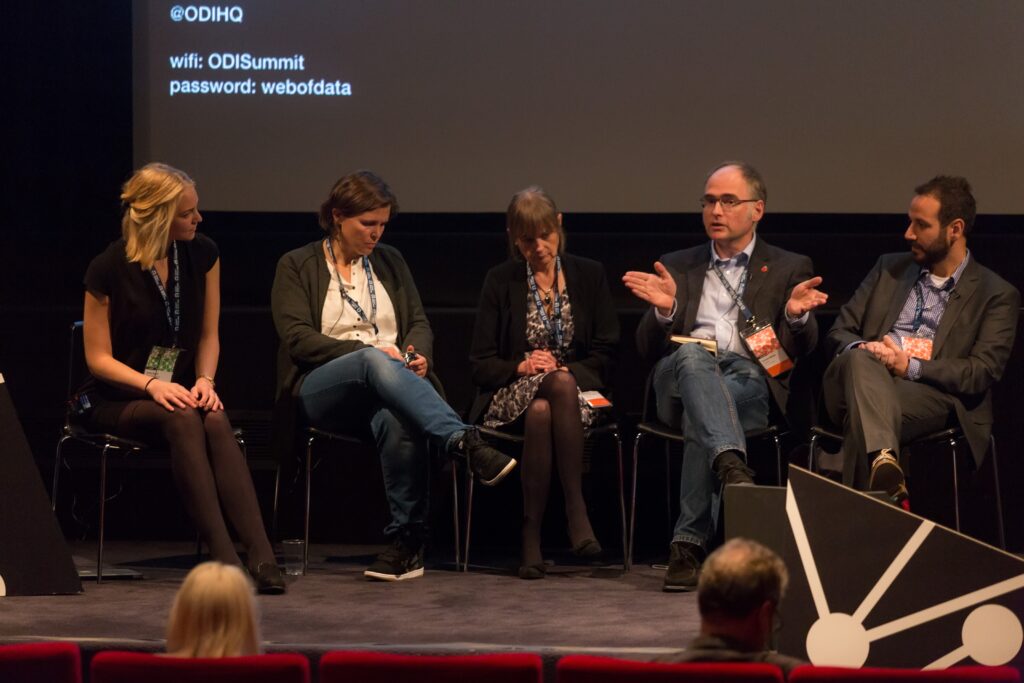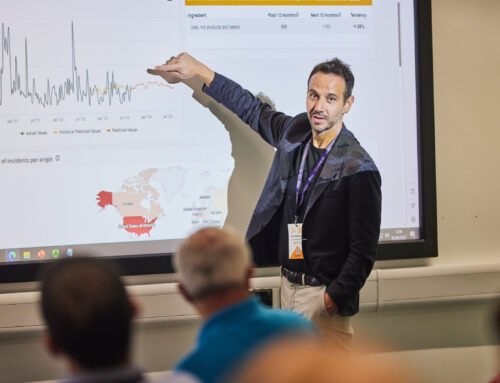This has been one of the most interesting discussions that I have watched in months. Frank Yiannas, the U.S. FDA Deputy Commissioner for Food Policy and Response, giving an interview to Bob Carpenter of GS1 US at the GS1 US Connect 2020 Digital Edition. Talking about a more interoperable food system and pointing out that:
“We now have the ability to digitize assets – whether its establishments or food – giving everything a voice, and we can monitor these assets in near real time.”
A couple of days later, the FDA publicly presented its New Era of Smarter Food Safety Strategy Blueprint. The blueprint outlines the approach that the US FDA will take over the next decade to respond to the speed in which the food system is changing: foods are being reformulated; there are new foods, production methods, and delivery methods; and the system is becoming increasingly digitized. To keep pace with this evolution, the FDA is leveraging technology and other tools to create a safer and more digital, traceable food system.

Taking a closer look at the document, I was glad to read the following as part of the Blueprint’s Core Element 1: Tech-Enabled Traceability:
“The first step in our work will be completing FSMA Section 204 rulemaking to harmonize the key data elements and critical tracking events needed for enhanced traceability. Establishing this foundation for traceability will allow stakeholders in the supply chain to adopt and leverage digitally-enabled technologies, enable data sharing, and introduce approaches that greatly reduce the time it takes to identify the origin of a contaminated food tied to a recall and/or outbreak.”
And more specifically, as part of 1.1 Develop Foundational Components:
- Help the food system to speak the same traceability language through the use and standardization of critical tracking events and key data elements
- Strive to enable industry compliance with FDA’s traceability regulation using existing consensus standards, where possible
- Expand FDA’s capacity to process data quickly for all food commodities, encouraging the expansion of traceability to cover the broadest range of commodities on a voluntary basis
- Play a lead role in promoting and participating in governance and harmonization with U.S. and international regulatory counterparts through bodies such as GS1 and Codex
- Develop ways to achieve interoperability. Specifically, work with standards bodies, technology providers, and users to help ensure systems are designed with interoperability as a foundational component

This is music in my ears and reminds me of the early discussions taking place in the context of the World Bank‘s Global Food Safety Partnership (GFSP). Back in 2014, the question at hand was:
How can a public-private partnership develop, deploy and operate a digital infrastructure that can enable food safety data interoperability and sharing among public, private and international stakeholders?
In the context of the GFSP, the work of our Knowledge & Learning Systems Working Group was focused on interconnecting databases with food safety science & education resources.
Nevertheless, the approach followed was very much in the direction that the FDA Blueprint is taking:
- Distributed, interconnected and interoperable information nodes
- Commonly-agreed data standards and data benchmarking schemes
- Well-defined protocols for information access, privacy and licensing management
It also got me wondering:
- Which are the digital infrastructure and services that would enable the implementation and wide adoption of such a Strategic Blueprint?
- Which parts should not be missed in order to ensure that the use and standardization of critical tracking events and key data elements can be achieved?
- What can this effort learn from the experiences of other previous initiatives trying to deploy massive scale information indexing and sharing in a stakeholder ecosystem that is largely distributed, heterogeneous and disconnected?

This discussion is echoed by the GODAN Data Ecosystem White Paper of 2016. As data on food safety is produced and used by diverse stakeholders, from small businesses to multinational conglomerates, a shared, interconnected and interoperable data space helps to build the infrastructures that will propel the vision of smarter food safety of the future.
For food safety professionals to harness the data:
- Information should become available to all relevant actors, public, private or not-for-profit
- Analytical and decision making software should incorporate a greater abundance of food safety data sources, discovered and accessed through such an interoperable data ecosystem
- Software systems should execute automated data access and exchange transactions, using machine readable and interoperable versions of the data, as well as legal agreements governing these transactions that have digital and standardized contract terms
Experience shows that in order to integrate all the software and data platforms to make them work together in a seamless manner, a significant amount of digital infrastructure building and data harmonization work needs to take place.
I will be writing more on this topic, digging deeper into such data challenges and exploring ways in which they can be addressed. If you wish to receive an e-mail notification when a new article is published, feel free to subscribe below.




